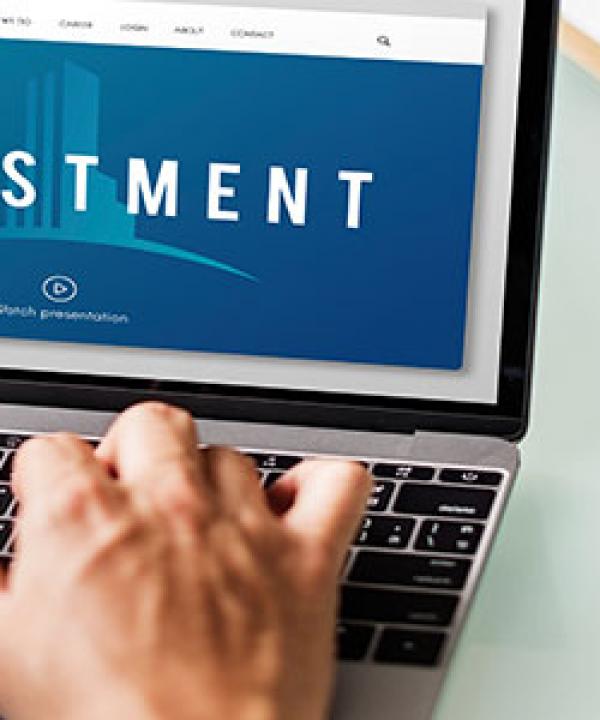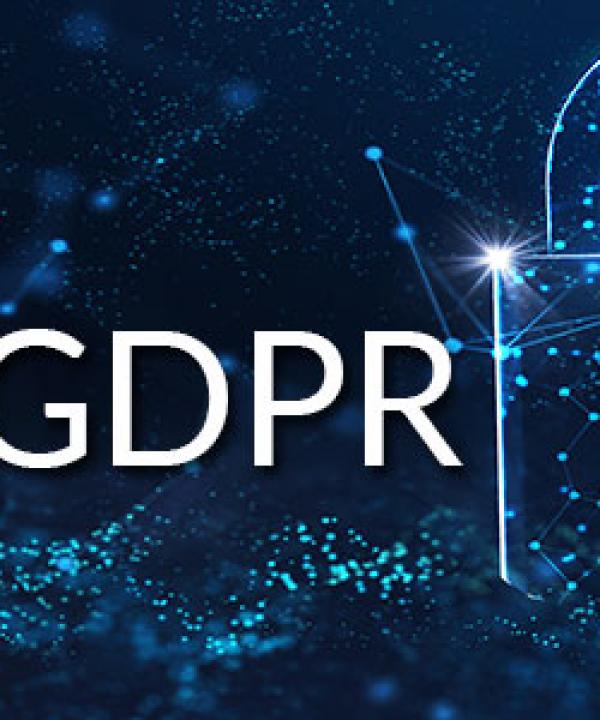Event Image

9February
Body
Existing provident fund (PF) accounts are likely to be divided into two parts from April 1 as per the new Income-tax (I-T) rules notified by the government last September. It highlights that employee's PF contribution of over ₹ 2.5 lakh annually is taxable.
The main aim of the government by implementing these rules is to ensure high-earning people do not take advantage of government welfare schemes that are drafted for the less privileged.
Listed below are the five important highlights regarding the revised I-T rules initiated by the government.
PF accounts will be divided into two categories of taxable and non-taxable contribution accounts.
The Central Board of Direct Taxes (CBDT) stated that the non-taxable accounts will embrace their closing account as it was on March 31, 2021. The CBDT formulates policy for the I-T department.
The rules may come into effect from April 1, 2022, onwards as per the official sources.
A new section 9D has been formed under the I-T rules to tax the employee's PF contribution that exceeds ₹ 2.5 lakh per annum.
Two separate accounts would be maintained within the existing PF account to assess the person's taxable and non-taxable contribution.
Share on:
*/









